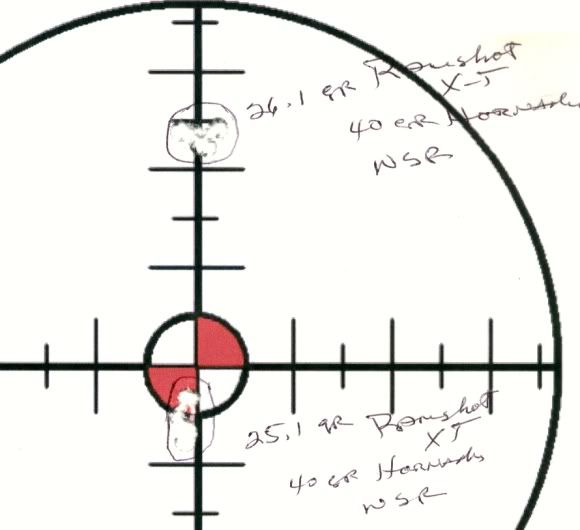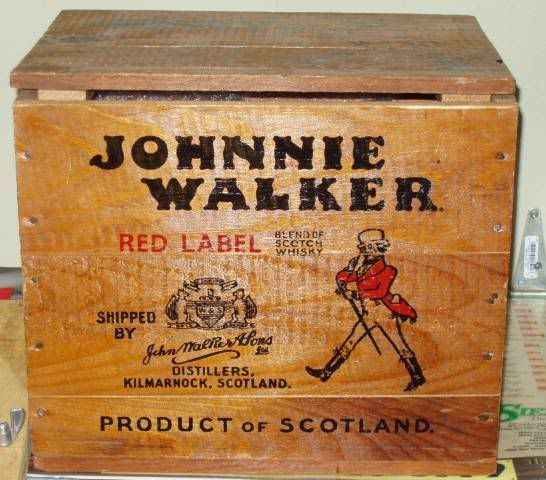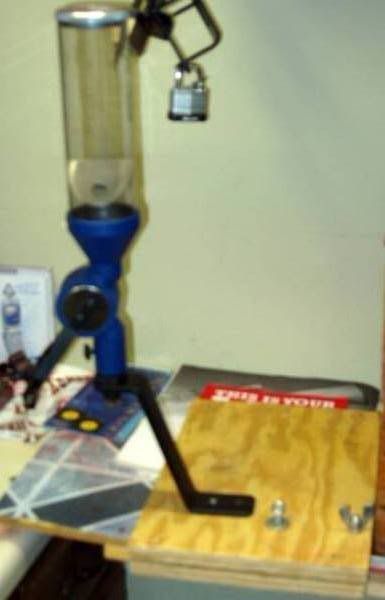Originally Posted By: Steve Timm
I can maybe answer a little of your question. Goodness knows I wrote enough about handloading and load development in the gun magazines, manuals and books.
I don't believe anyone can simply fire a group and, from that experience, divine that a better load would be found with a different bullet, a higher or lower charge of powder or a different OAL.
One thing I CAN tell you is that you want to work with ONLY ONE VARIABLE AT A TIME. If you change the OAL, don't change the powder charge at the same time; you would not know which variable (of the 2) changed accuracy.
When developing loads for a new rifle or barrel, I have always treated even standard cartridges as a wildcat. Surely each chamber, each barrel, is a total law unto it's own and you have to accept that.
Many years ago, I started sizing and priming cases at home and then traveling to the range to develop loads there. I would write out a plan of action and load the ammunition right at the range, making notes along the way.
How often have you loaded a whole "spread" of powder charges, only to get to the range and find that the second load was too hot? CRAP; take the stuff home, pull the bullets and load them again.
If you load at the range, you will quickly find that you can develop that "magic" load quickly and you can follow accuracy modes.
My equipment is a simple wooden frame with an RCBS Partner press (fine for seating only). I have a wind-protected area on the bench that works well for my electronic scale. Here's a few photos of my range bench. Oh, and by the way, it can be used either off of a truck tail gate or a bench at the range.
Usually, I will shoot three-shot groups. Laugh if you want, but consider this: a load that will not group well with three shots will group no better in five
Then, after I have my three-shot groups shot and the results recorded, I got back and re-shoot the most promising loads ... five-shot groups this time.
After I have all of my five-shot group data recorded, if I'm doing a feature article and need absolutely solid data, I'll go back and fire each of the finest five-shot loads in aggregates of four five-shot groups. The aggregate approach really separates out the finest loads.
Folks wonder why it took me an average of 100 hours to write each of my handloading articles. In a word ... Range time. The writing part takes maybe twenty hours, but the range time, if properly done, simply takes a lot of effort, thought and worm. It just takes time to develop great loads for a rifle and there simply is no substitute for it.
Feel free to ask questions. I'll monitor this thread for a while and am willing to help in any way I can.
Steve Timm
I'm not far enough in my loading abilities to warrant a setup like that but maybe one day! Knowledge like this is invaluable and I appreciate you and the other guys on here sharing it! Thanks!








